Two years ago I began this new journey, but not until a few months ago did my work in consulting really begin to take shape in a way that could never have been predicted.
As the challenges of our present economic times have become increasingly daunting, my personal and professional journey has become even more dedicated to innovation and creativity. One goal has been to provide new alternatives to past practices that will create value for patients. This means making a contribution to saving and transforming lives, while producing cost savings and financial stability, and developing new markets to enable provider growth in their missions.

The driving force behind my exploration began with asking how we can begin to control those out of control expenses that are currently blurring the lines between continued care for our population, and rationing or elimination of services? But, the answer(s) must enable us to continue to add healing opportunities for our patients at every turn.
Because my creative energies have always been focused on producing more ways to generate new monies for whatever organizations I have personally represented, it seemed somewhat foreign to me to spend more time on fiscal issues than creative alternatives. However, with literally millions of Baby Boomers coming of age each year, it was obvious that our entire culture is at risk both fiscally and socially. Consequently, after listening carefully to my peers, several opportunities presented themselves that would address all levels of these concerns.
Through the combination of their proprietary software and dozens of years of combined knowledge in the healthcare finance field, SunStone Consulting, LLC, spends each and every working day addressing the challenges of finding monies that should already have been captured by hospitals and physician practices, while also creating new opportunities that have heretofore not been explored. That’s where SunStone Management Resources comes into play.
We have identified new companies, new entrepreneurs and new creatives who can not only improve healthcare, but also significantly improve the bottom line of those organizations willing to embrace their programs. One such company with whom we are partnering can increase Emergency Room productivity by as much as 35 to 50%. They can also help do the same for cancer centers and operating rooms. They utilize robotic systems that communicate patient needs and simultaneously seek out the appropriate medical services required as soon as the patient is triaged. The patient’s condition and potential requirements are communicated to every individual who will or should have contact with them throughout their hospital stay.
We have also identified what I refer to as “no brainer” opportunities. By making otherwise locked fiscal percentages a commodity, even small and medium sized organizations can save huge dollar amounts. How? By changing out only the electronic reading devices used hospital-wide. This simple change has resulted in huge fiscal savings for clients.
Add to examples like those above the introduction of a new invention that, in the right hands, can help to extend some types of Stage 3B and Stage IV cancer patients’ lives from months to years through a relatively simple post-surgical procedure. Also consider the invention of new materials that would support bone growth, while virtually eliminating the need for casts or even slings. Imagine a series of protocols that have brought over 40 people out of deep, irreversible comas. Then, on a completely different path, consider having access to the cumulative knowledge garnered from over a hundred million dollar investment in breast cancer care. (This is about to be made available to small and medium sized hospitals across the world.)
These are but a sampling of just some of the opportunities currently driving my passion in this new healthcare world order.
You may want to make a simple inquiry into what’s behind the innovative, practical, and incredible creations of the brilliant people doing this work. It’s not just so many words on a page. It is the future, and the future for you and your organization could be now.






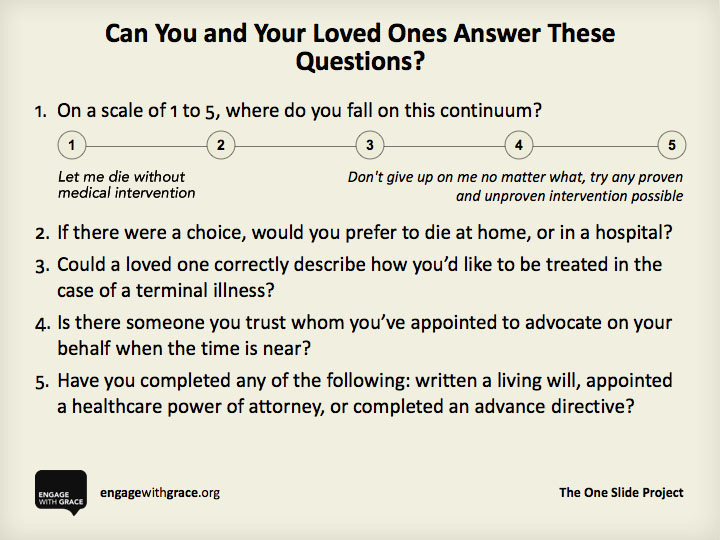

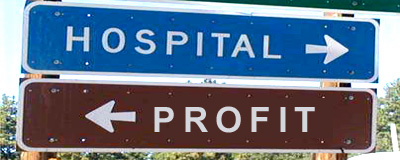


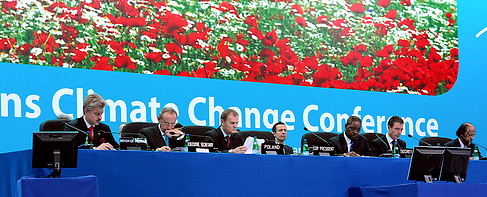






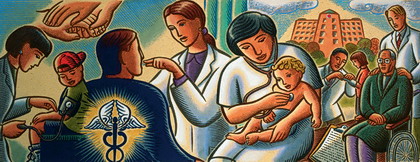

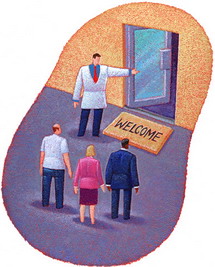 The cost? In the big picture, the cost is not even a consideration. Your investment now is less than you can imagine, as your facilities grow, expand, and thrive. Besides:
The cost? In the big picture, the cost is not even a consideration. Your investment now is less than you can imagine, as your facilities grow, expand, and thrive. Besides:


